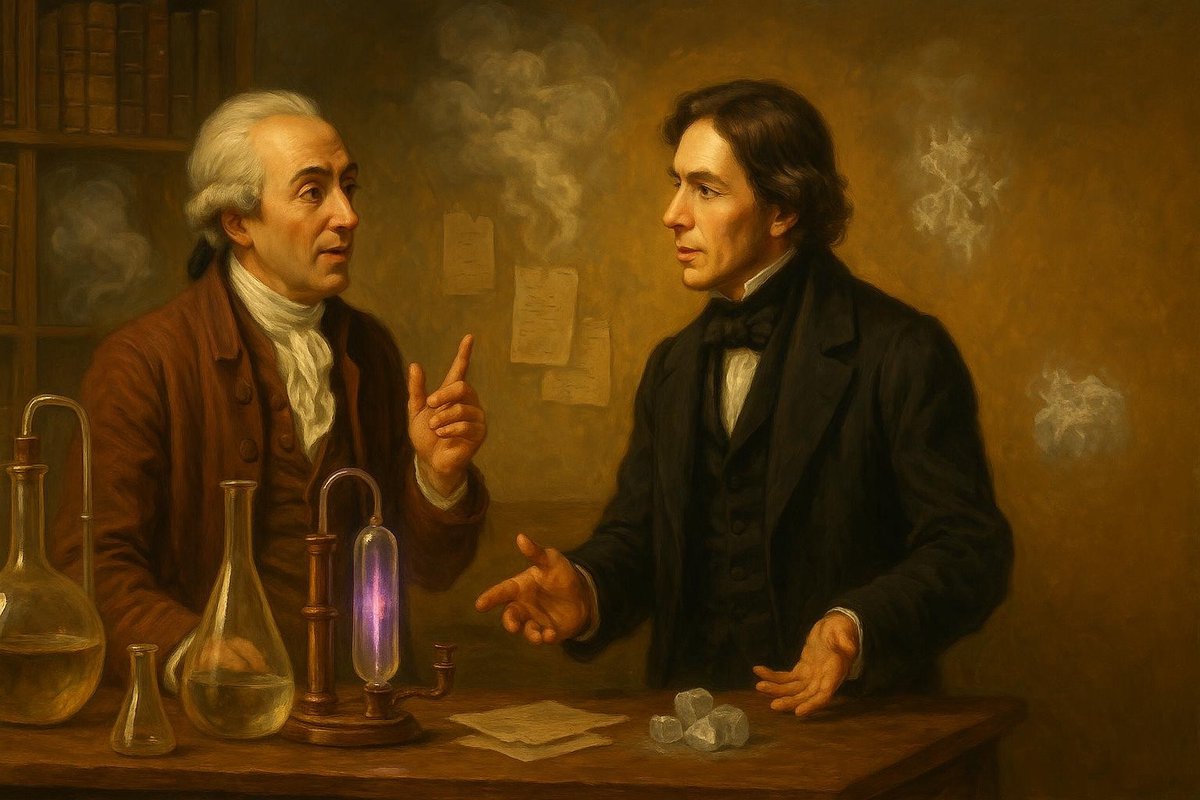
Imagine a time when the world was believed to be made of just four elements: earth, water, air, and fire. This was the reality not so long ago. Yet, as curious minds began to question and explore, they uncovered something extraordinary — the states of matter. This revelation has drastically reshaped our understanding of the physical world. Let’s embark on a journey to explore how this discovery unfolded and why it’s crucial for expanding our perspective.
The Origin: From Classical Elements to Modern Understanding
Long ago, ancient philosophers, like Aristotle, believed everything was composed of four basic elements. This idea dominated for centuries. But as science and technology progressed, so did our understanding.
- The classical idea of four elements was rooted in observation and speculation, not scientific experimentation.
- The shift towards empirical research in the Renaissance paved the way for new discoveries.
- By the 17th century, scholars started recognizing distinct states — solids, liquids, and gases.
Interestingly, these new ideas emerged as society began valuing scientific inquiry and evidence-based conclusions. This shift was crucial. It marked a move away from mystical explanations to ones grounded in observable phenomena. The recognition of different states of matter represented a significant step forward, setting the stage for future scientific breakthroughs.
Key Figures: The Pioneers of a New Scientific Era
As we delve into the journey of discovery, certain names stand out. These individuals laid the groundwork for our current understanding of matter.
- The work of Robert Boyle in the 17th century challenged the classical elements with the concept of gases.
- Antoine Lavoisier, often called the ‘Father of Modern Chemistry,’ further revolutionized the understanding of chemical elements in the 18th century.
- In the 19th century, Michael Faraday’s experiments provided insights into the laws governing gas behavior.
These scientists, driven by curiosity and a desire to understand the natural world, laid fundamental blocks in the edifice of chemistry. It was their groundbreaking work that allowed us to grasp the complexities of matter beyond the simplistic models of the past. They remind us of the power of questioning the status quo.
The Turning Point: Scientific Revelations and New Perspectives
The 19th and early 20th centuries saw monumental shifts in scientific paradigms, including the discovery of additional states of matter.
- In 1879, Sir William Crookes discovered plasma, the fourth state of matter, through his work with discharge tubes.
- The study of thermodynamics in the 19th century provided theoretical frameworks for understanding matter transitions.
- Quantum mechanics, emerging in the early 20th century, brought deeper insights into atomic and subatomic interactions.
This turning point wasn’t just a scientific triumph; it was a cultural one. It reflected a world ready to embrace complexity and uncertainty. The recognition of states beyond the tangible played a pivotal role in fields ranging from astrophysics to engineering, demonstrating the profound impact of understanding matter’s states.
Impact on the World: How This Discovery Shapes Our Lives
The discovery and understanding of states of matter are more than just academic exercises; they are at the heart of technological and scientific advancement.
- Modern technology, from electronics to space exploration, relies on manipulating states of matter.
- The understanding of states facilitated the development of refrigeration, which revolutionized food preservation.
- This knowledge underpins medical advancements, such as cryogenics and plasma therapies.
Grasping these concepts can transform how students perceive the world, encouraging them to see beyond the surface. Recognizing the fluidity and change in states of matter inspires a mindset open to possibility and innovation. After all, if matter can transition and transform, why can’t our ideas and understandings?
Fuel Someone Else’s Curiosity
The story of the states of matter is a testament to human ingenuity and our relentless pursuit of knowledge. By sharing this understanding, you can ignite curiosity in others, fostering a culture of inquiry and learning. Discuss it with friends, challenge your understanding, and explore how these principles manifest in everyday life. Together, let’s continue to marvel at the wonders of the natural world!

Leave a Reply